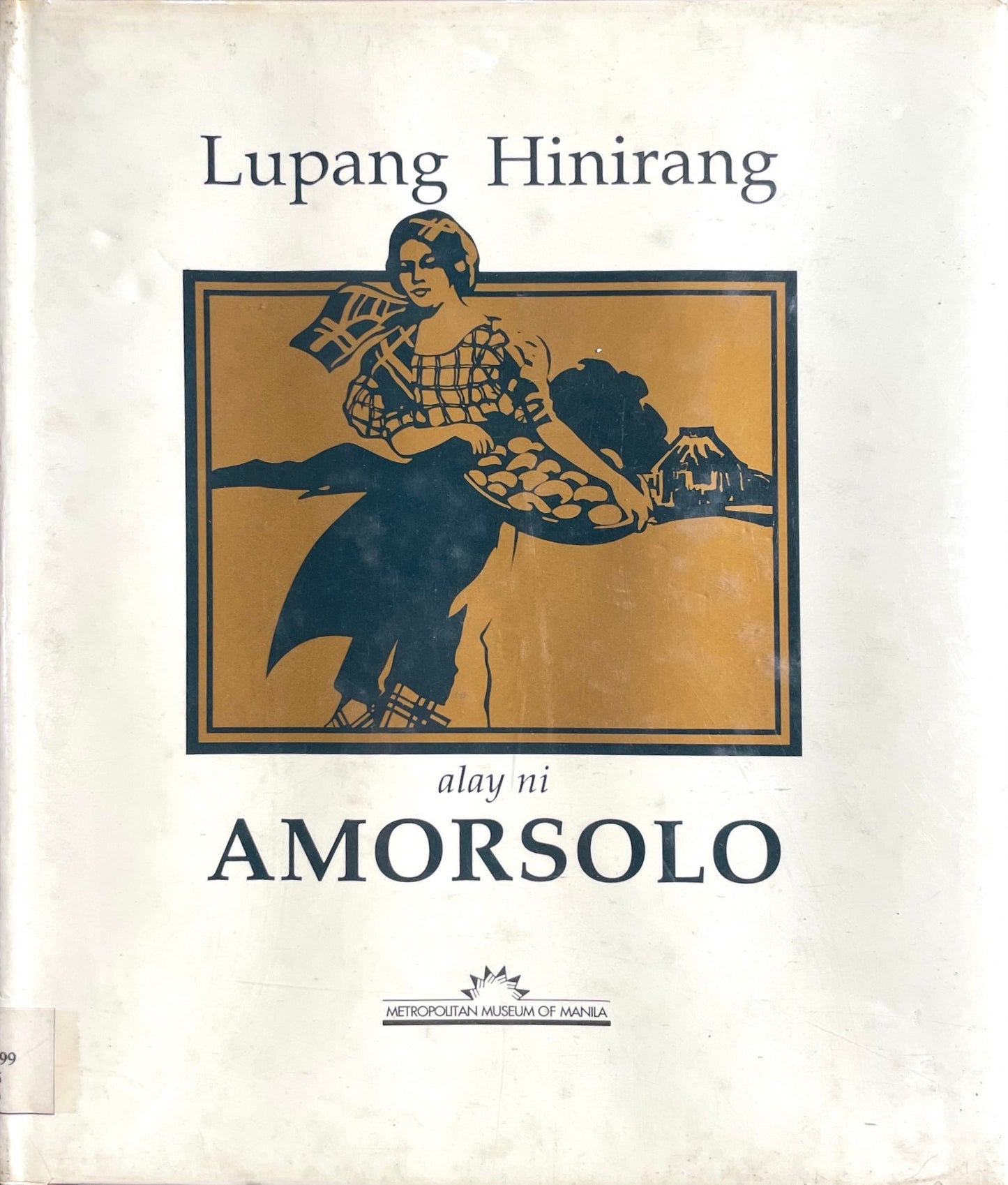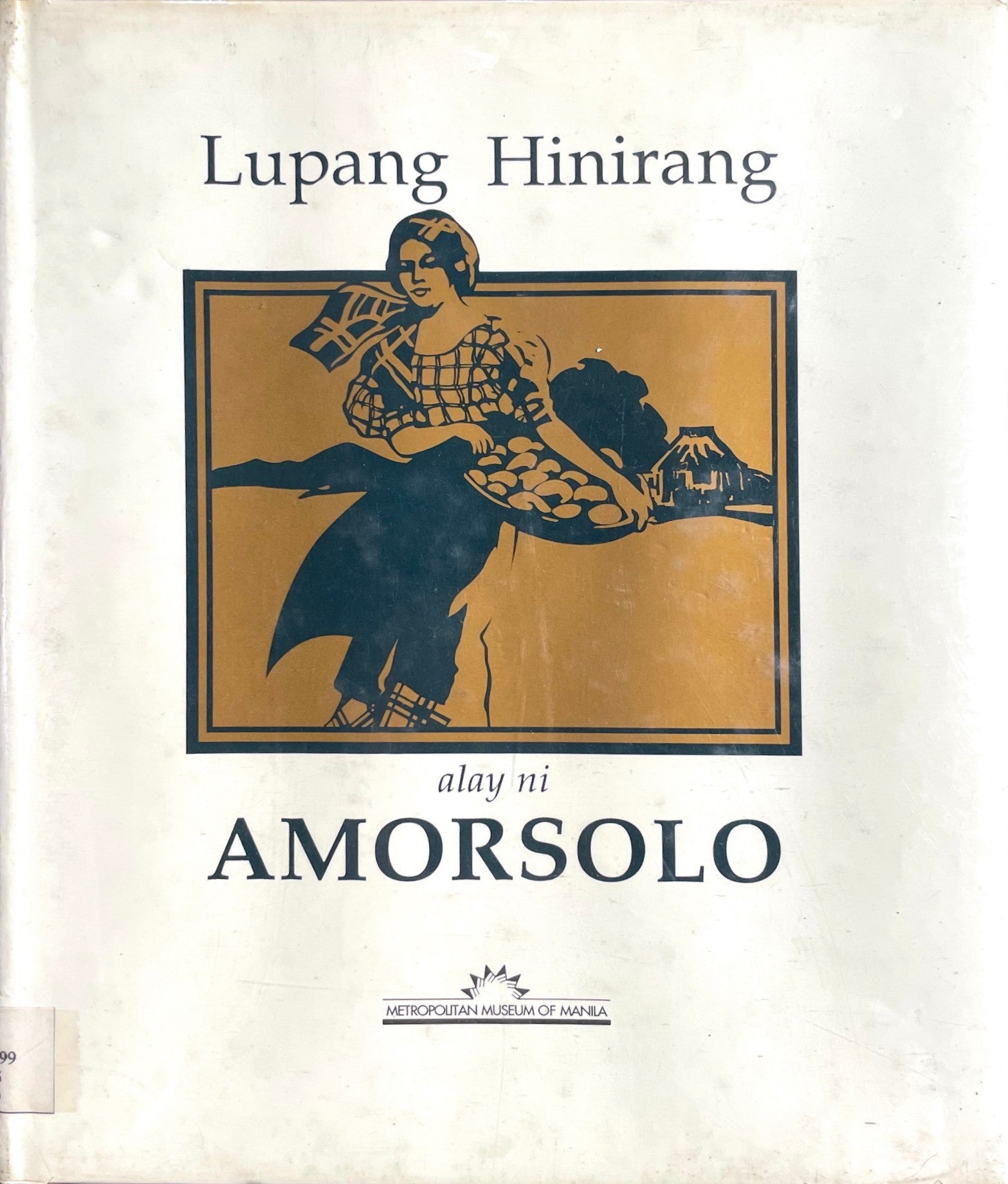Lupang Hinirang: Alay ni Amorsolo
Lupang Hinirang: Alay ni Amorsolo
Ambeth Ocampo, Carmen Aquino Sarmiento
Couldn't load pickup availability
Share
A Sense of Place
Every place has a mood, made by space and time.
People are only props. With land, and sky, they make space-sense.
Moments of a day, rituals of seasons, and historical memory create time-sense. Space and time are the visual parameters of where we are.
The condition of a place show who we are. Look reveals how we feel. How we live sustains or destroys a place. How we treat surroundings indicates how we value ourselves. if we care about who we are now and who we can become tomorrow.
National Artist Fernando C. Amorsolo is the Philippines' Lightscapist. He spent a lifetime capturing the landscape in its exact illumination and true tropical colors. In the dawning gently sunny, by noontime washed in a glaring brilliance of total spectrum; at sunset radiantly aflame, with nightfall basking in ochre moonglow. His land is lushness of green and purity of blue always blessed with glorious gold — the Asian hue of peace and therefore hope. In everyday genre, Amorsolo saw lovely lyricism and a monumental strength of national character hidden under demure smiles.
Amorsolo's sense of place inspired his skillful technique and perception. For the precious ability to feel, he shows us how to love.
Ancestral Filipinos saw their role in the cycle of Continuing. They never took from a place without giving to it in return. Being animists they felt that they and every thing around them were alive; that everything could choose to share or not with people. Trees were sacred. Waters were sacred. So were winds. Every grain of rice sacrificed its soul at a meal so a person could live. People maintained the equilibrum of their place amidst Sacred Place. They chose not to abuse Nature's trust. Acid rain, smog, dynamite fishing, denuded forests — the rape of place was not even in the imagination.
The greatest tribute to a landscape beloved is caring for it.
Enjoy nature. Love nature. Live nature.
Published in 1989 by Metropolitan Museum of Manila
111 pages / Hardcover


